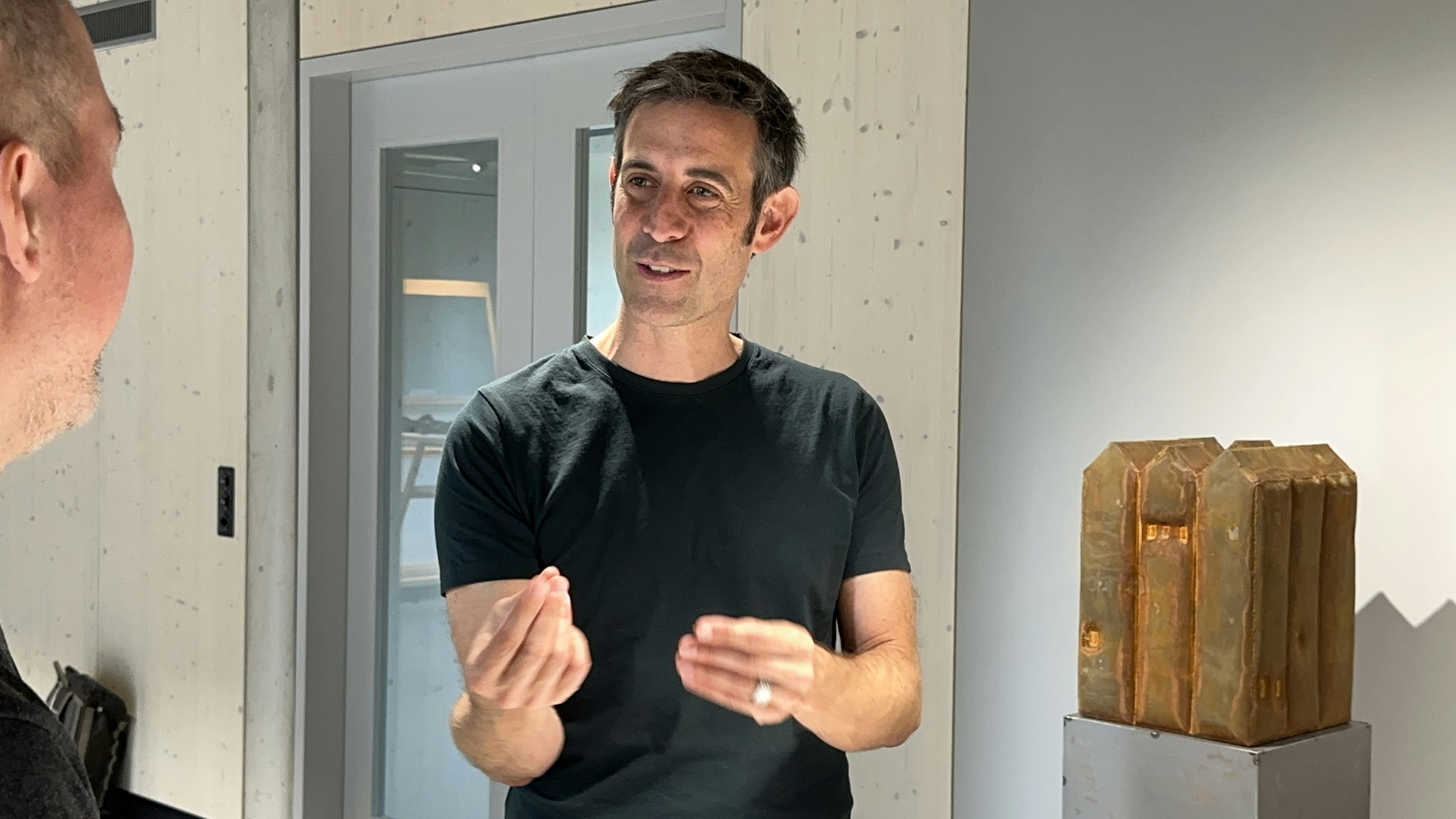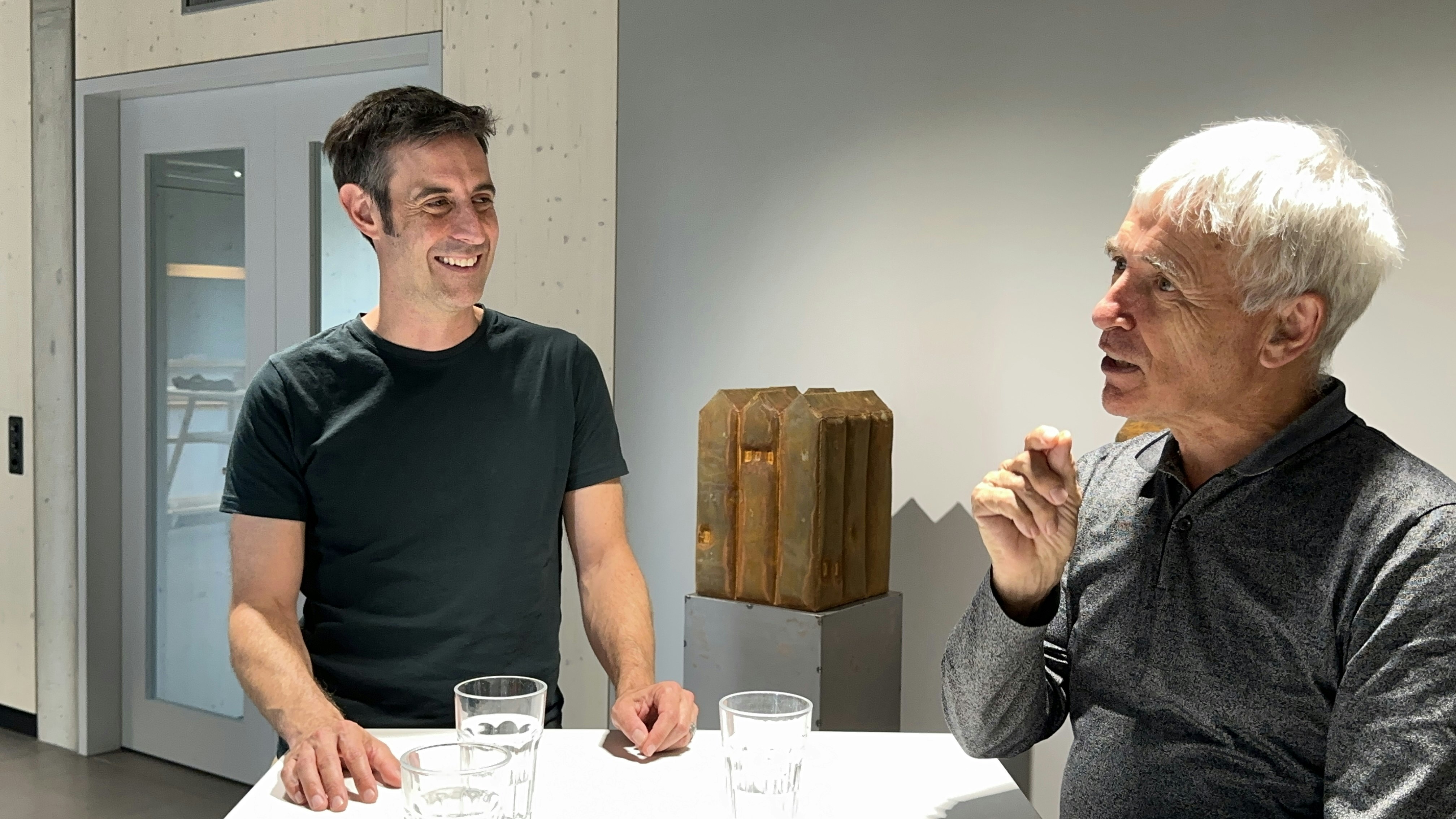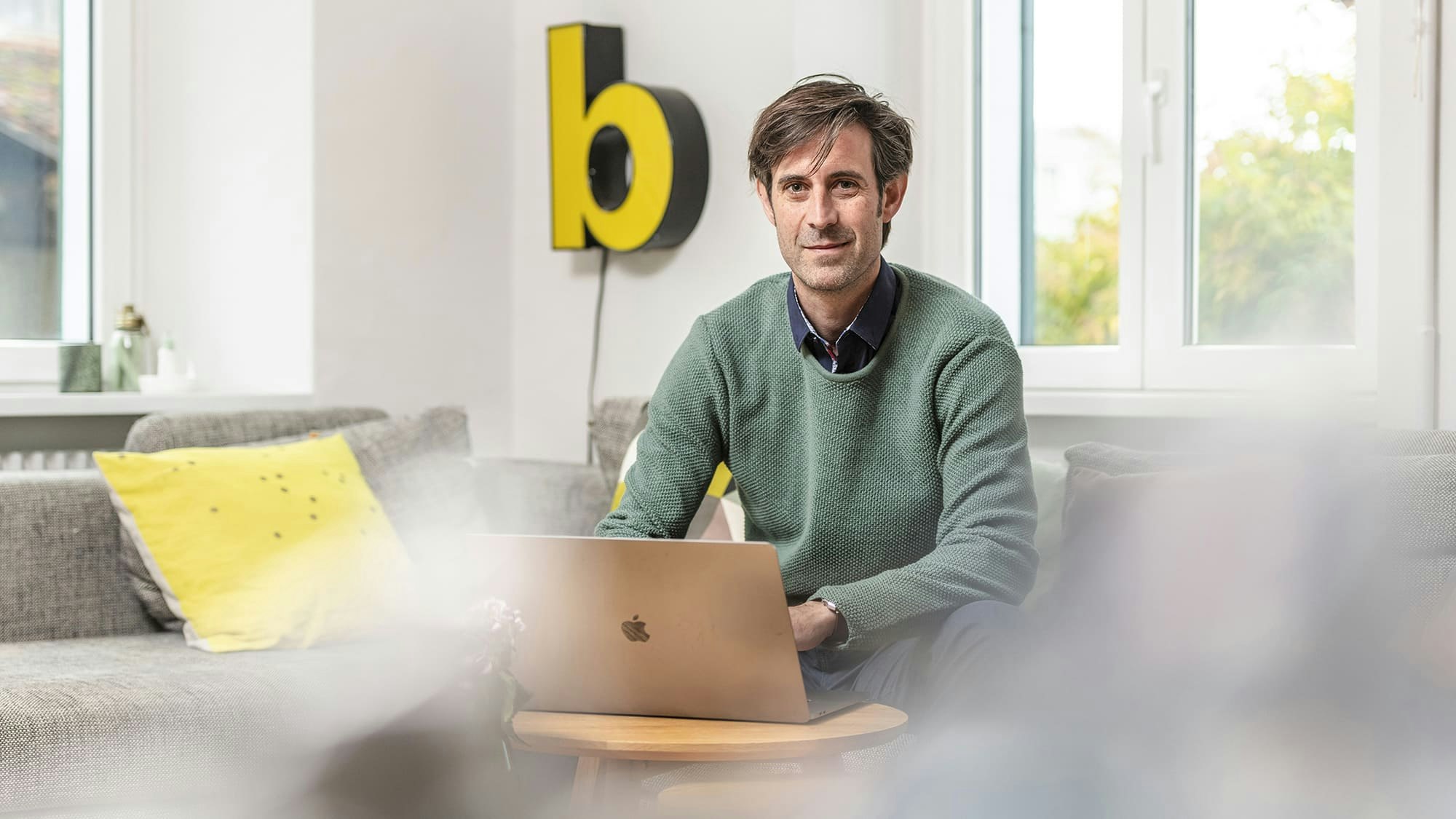A common language in the enterprise: Stefan Berner and Christian Bühlmann talk about information cartography and their book - Part 2 of 2

The two consultants of foryouandyourcustomers, Stefan Berner and Christian Bühlmann, wrote a book on information cartography last year. Those who read the book will not only get an introduction to the theory of information modelling and information cartography, but a practical guide on how to use the methods beneficially in a company. In the first part of the interview, the authors discuss information cartography as a method. In the second part, they tell what effect book writing has had on their understanding of the method and their work with clients.
In the first part of the interview, Stefan Berner and Christian Bühlmann outlined information cartography as a method. They showed which companies should use it under which circumstances. In the second part, the authors tell us what effect the discussion of the topic has had on their understanding of the method and their work as consultants.
Working on their understanding of the method and catching the source of ideas
On the one hand, you wrote the book together to present information cartography and make it accessible to a larger audience. On the other hand, the idea of foryouandyourcustomers was also that there should be a kind of methodological succession plan. What is meant by that?
Berner: I came to foryouandyourcustomers because of my first book on information modelling. The founder and president of the company, Jonathan Möller, wanted to build the book into the company's method framework. I was able to train many people, make additions and enhancements to the model, and service clients. However, I have the greyest hair among the staff and will soon be stepping down. My motivation for writing the book was to be able to establish, disseminate and pass on the knowledge to new people, internally and to people around the world who would benefit from it.
Bühlmann: For me, the book is an occasion to record, compress, refine and sharpen knowledge. The collaboration between Stefan and me consists, on the one hand, of information modelling as the methodological core, more Stefan's terrain, and on the other hand, of information cartography as the discipline that envelops the whole and embeds it in the organisation, where I see my strength. We have applied both elements in client projects and have now processed these individual cases into the book, bringing the knowledge to a generic level.
The book project is also an experiment with the so-called source function. Stefan is the source of the information model. I see myself more as a container for this source. I don't think I can take over Stefan's source function as it is. You can surely develop the method further in certain corners and ends, but it is already there and comprehensively described in Stefan's first book. Now we have made the container all around with our book. However, I will never be the Stefan Berner – that is my realisation. You can't do that, although we have written a book together.
Berner: I have 30 years of experience with this model. I didn't make it up out of thin air but I have been doing it in one form or another for 30 years and finally condensed it into my first book. No one can catch up with this experience so quickly; they have made their own. At foryouandyourcustomers, the source of an idea is the person who brought it in, who bubbles. I like the metaphor because a spring – water coming out of the ground – is all well and good, but the water seeps away again. Only if you capture the spring, you can use the water, be it drinking water, a river, a swimming lake or a dam. Everything that bubbles up only has value when you can take it further in some form. That is part of our book, namely to capture the source idea of the shared language so that you can bring it into a business context. The method can be applied in any field.
„At foryouandyourcustomers, the source of an idea is the person who brought it in, who bubbles. If you catch a spring, you can make something out of it.“ Stefan Berner
You are working intensively with the designer Sabina Loacker on the layout of the book, the graphics and the visual language. To what extent has your understanding of information cartography changed in this process?
Bühlmann: We sometimes couldn't find an image to go with a statement. With the question of what information cartography and information modelling are and how they relate to each other, we wandered around for a long time and couldn't find anything suitable. That showed me that if we can't transfer it from the textual, where the description succeeds, to the visual, it is not yet mature. It needs a transformation from the text to the visual, but the visual is much more unforgiving. In the text, no one gave us hard-hitting feedback. With the visual, they looked at it and said they didn't understand it. That's why the visual is so valuable. I love the way we work with Sabina. The design is not done downstream, but we have to convey our idea to Sabina so she can create something visual out of it. If we fail to convey an idea, nothing comes out of it.
Christian Bühlmann and Stefan Berner being interviewed

Berner: For me, dealing with the visual has also affected my understanding of my theory. I tend to be the head person who looks at a formula and knows how to use it. By illustrating our book meaningfully and readably, I have learned that we need to do the same with the information model. It's not enough to have a perfect model. You have to be able to present it to people. You don't just need a diagram with coloured boxes, but at best, you have to translate it into a visual language that is closer to the environment and the everyday life of the audience. I have learned that transforming knowledge via texts and formulas does not reach a broad user group. The same applies to the method: if you collect knowledge, you have to prepare it so that people like to look at it and incorporate it into their view of the world.
„It's not enough to have a perfect model. You have to be able to present it to people.“ Stefan Berner
Has your involvement with information cartography already impacted on your consulting work with clients?
Bühlmann: Definitely. A colleague used a nice phrase: The ability to speak about a topic. When you talk so much about a topic, you have sentences that are thought through and that you can use when working with the client. You have looked at the subject from many sides, so you can formulate and sharpen images from the client's perspective. Our exposure to the subject matter definitely has an impact on how we interact with clients.
„Our exposure to the subject matter definitely has an impact on how we interact with clients“ Christian Bühlmann
Berner: There has been an interesting change in me: talking a lot about the subject and making it accessible to a broader audience has led to a decrease in my vehemence that theory must be strictly followed. Just a year ago, I said you have to do it exactly like that, otherwise it won't do any good. In the meantime, I say that's the goal, we'll just start moving in that direction. There's no point in imposing strict regulations on the world without accompanying measures and taking people with us and picking them up where they are today. That way you only reach a small audience and sustainability is not ensured.
I have experienced in workshops that good models emerged that excited people, but then the activities fell asleep. What emerged in the circle of participants could not grow into other areas of the company. I found out that many started well, were enthusiastic and satisfied and had a good solution, but it was not used sustainably in the company. Not that it didn't help them. I still hear things like they still use the terms they defined five years ago. But the overall performance we offered did not have the impact it could have. That also taught me this year to talk about communicating and applying the method. Picking people up and leading them there is more important than giving people the solution
What are the themes awaiting readers when they pick up your book?
Berner: We present the information modelling method as presented in the first book in a modified and more accessible way. We show how to apply the method practically in a workshop.
Bühlmann: We try to use the actual workshop to meet people not on a theoretical level but where the method actually takes place. Then we look at how to bring the whole thing into everyday company life, that is, how to establish the capability of information cartography in a company. Finally, we give an outlook on how the method could develop further.
Berner: And the book covers a large area where we put together the different benefits that a shared language or model can provide for a company. There are about 30 issues, but that doesn't mean that every company will implement everything. Companies are in different places regarding requirements and the quality of existing systems. Benefits range from better management decisions and better data quality in an interface between two systems to fewer disputes in meetings. The book presents a variety of benefits without promising that they will occur for every client. We show where it is specifically worthwhile for a company to use the method if it is currently struggling with a relevant problem.
Reading the book, I seem to have a good understanding of the method. Can I already apply it?
Bühlmann: Yes, you will get tools and bundled insights from our work. It is meant to be a practical book, including the theory, that encourages companies to address information cartography and guides them in its implementation. You either have to build up the practical experience yourself or you can ask us for advice.
When and where will the book be published?
Berner: The book is expected to be published as a print and electronic edition by mid 2024. We also plan to publish an English edition shortly after the German version.
For more information on this topic check LinkedIn or visit the website Information Cartography.

Christian Bühlmann
bue@foryouandyourcustomers.com
Establishes information cartography within companies and supports them in their digital change.

Stefan Berner
stb@foryouandyourcustomers.com
Accompanies customers on their way to a better understanding and a better use of their knowledge and information.